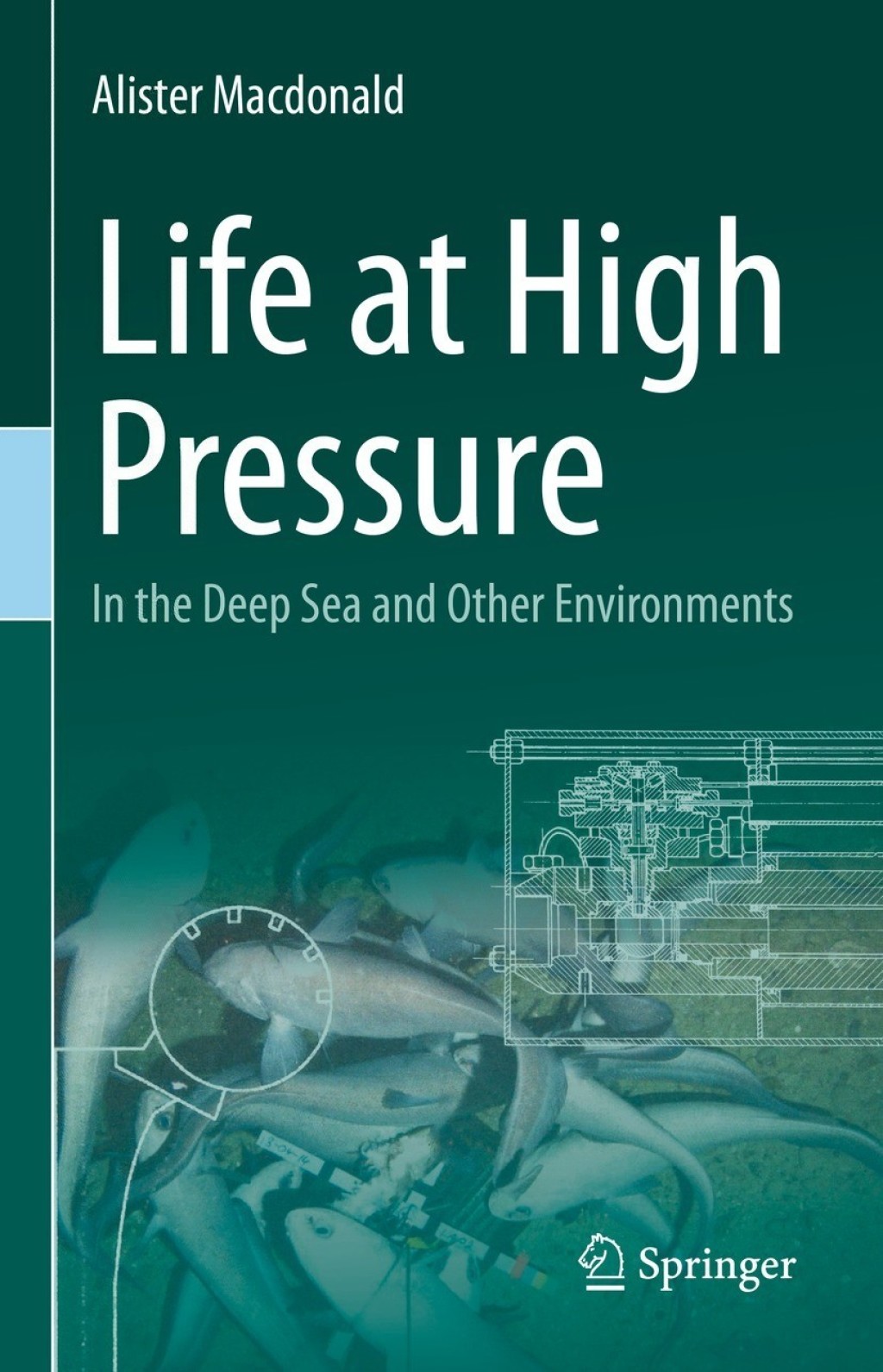Additional information
| Full Title | Life at High Pressure In the Deep Sea and Other Environments |
|---|---|
| Author(s) | Alister Macdonald |
| Edition | |
| ISBN | 9783030675875, 9783030675868 |
| Publisher | Springer |
| Format | PDF and EPUB |
Original price was: $44.99.$13.50Current price is: $13.50.
Access Life at High Pressure In the Deep Sea and Other Environments Now. Discount up to 90%
| Full Title | Life at High Pressure In the Deep Sea and Other Environments |
|---|---|
| Author(s) | Alister Macdonald |
| Edition | |
| ISBN | 9783030675875, 9783030675868 |
| Publisher | Springer |
| Format | PDF and EPUB |
The book discusses the ways in which high hydrostatic pressure (i.e. water pressure) affects all grades of life which thrive at pressures much greater those in our normal environment. The deep sea is the best known high pressure environment, where pressures reach a thousand times greater than those at the surface, yet it is populated by a variety of animals and microorganisms. The earth’s crust supports microorganisms which live in water filled pores at high pressure. In addition, the load bearing joints of animals like ourselves experience pulses of hydrostatic pressure of a magnitude similar to the pressure at mid ocean depths. These pressures affect molecular structures and biochemical reactions. Basic cellular processes are drastically affected – the growth and division of cells, the way nerves conduct impulses and the chemical reactions which provide energy. Adaptation to high pressure also occurs in complex physiological systems such as those which provide buoyancy. Probably the greatest challenge to our understanding of adaptation to high pressure is the stabilisation of the nervous system of deep sea animals to avoid convulsions which pressure causes in shallow water animals. Additionally the book provides insight into the engineering required to study life at high pressure: equipment which can trap small deep sea animals and retrieve them at their high pressure, equivalent equipment for microorganisms, laboratory microscopes which can focus on living cells under high pressure, incubators for bacteria which require high pressure to grow, high pressure aquaria for marine animals and lastly and briefly, manned and unmanned submersible vessels, Landers and deep drill hole sampling. Rather like the organisms studied many laboratory instruments have been adapted to function at high pressure.
